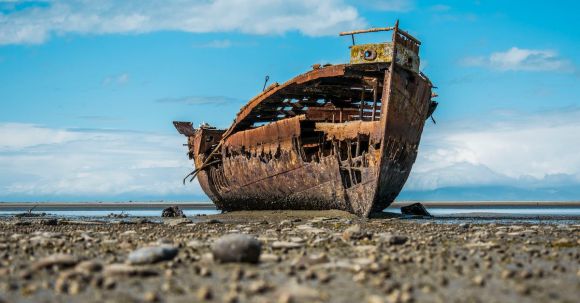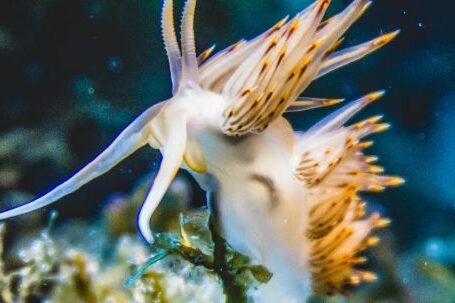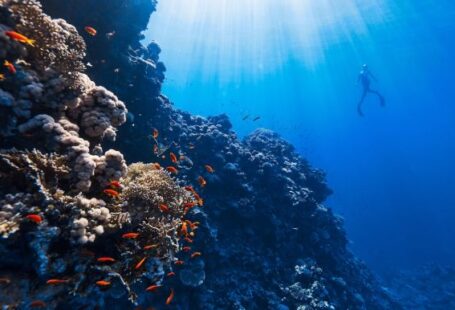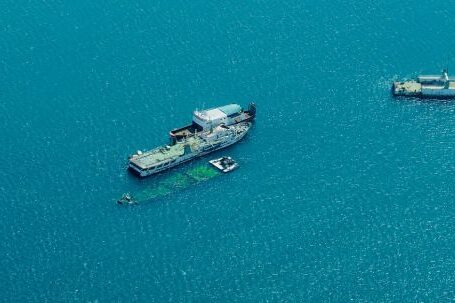Exploring the depths of the ocean and stumbling upon a shipwreck is a photographer’s dream come true. These hauntingly beautiful remnants of the past tell stories of adventure, tragedy, and mystery. To capture the magic of these famous shipwrecks underwater, here are some tips and techniques to keep in mind.
Research and Preparation
Before embarking on your underwater photography expedition, it’s crucial to do thorough research on the shipwreck you plan to photograph. Learn about its history, the conditions of the wreck, and any restrictions or regulations in place. This knowledge will not only help you plan your shoot effectively but also allow you to capture the essence and significance of the shipwreck through your lens.
Underwater Equipment
Investing in the right equipment is essential for capturing stunning images underwater. A sturdy and reliable underwater housing for your camera is a must to protect it from water damage. Consider using a wide-angle lens to capture the vastness and scale of the shipwreck, while also allowing for more light to enter the frame. Additionally, a strobe or underwater flash can help illuminate the subject and bring out its details in the dark and murky waters.
Understanding Light and Composition
Lighting plays a crucial role in underwater photography, and it can make or break your shots. Understanding how light behaves underwater is essential to capture the shipwreck in all its glory. Keep in mind that water absorbs and scatters light, resulting in reduced contrast and color saturation. To overcome this, try shooting during the golden hours of sunrise or sunset when the light is warmer and softer. Experiment with different angles and perspectives to find the best composition that showcases the shipwreck’s unique features and creates a captivating image.
Mastering Buoyancy and Motion
Underwater photography requires not only technical skills but also physical control. Maintaining proper buoyancy is crucial to capturing sharp and stable images. Practice controlling your movements and buoyancy to avoid stirring up sediment and compromising visibility. Slow and deliberate movements will also allow you to get closer to your subject without disturbing marine life or damaging the shipwreck.
Capturing the Details
Shipwrecks are full of intricate details that tell the story of their demise. As a photographer, it’s your job to bring those details to life. Get up close and personal with the shipwreck, focusing on the corroded metal, the encrusted marine life, and the remnants of the ship’s structure. Macro photography techniques can help capture the smaller details, revealing a hidden world of textures and patterns.
Respecting the Environment
When photographing famous shipwrecks underwater, it’s crucial to remember that you are a guest in their world. Respect the delicate ecosystem and marine life that have made the wreck their home. Avoid touching or disturbing the marine life and be mindful of your impact on the environment. By being a responsible photographer, you can help preserve these shipwrecks for future generations to explore and appreciate.
Preserving History Through Photography
Photographing famous shipwrecks underwater is not just about capturing visually stunning images; it’s about preserving history. These shipwrecks hold stories of the past, and through your photographs, you have the power to share those stories with the world. Use your photography skills to document these relics, raising awareness about their significance and the need to protect them.
In conclusion, photographing famous shipwrecks underwater is a thrilling and rewarding experience. By doing thorough research, investing in the right equipment, understanding light and composition, mastering buoyancy and motion, capturing the details, respecting the environment, and preserving history through photography, you can capture the magic of these remarkable underwater treasures. So grab your camera, dive in, and let the shipwrecks mesmerize you with their haunting beauty.





